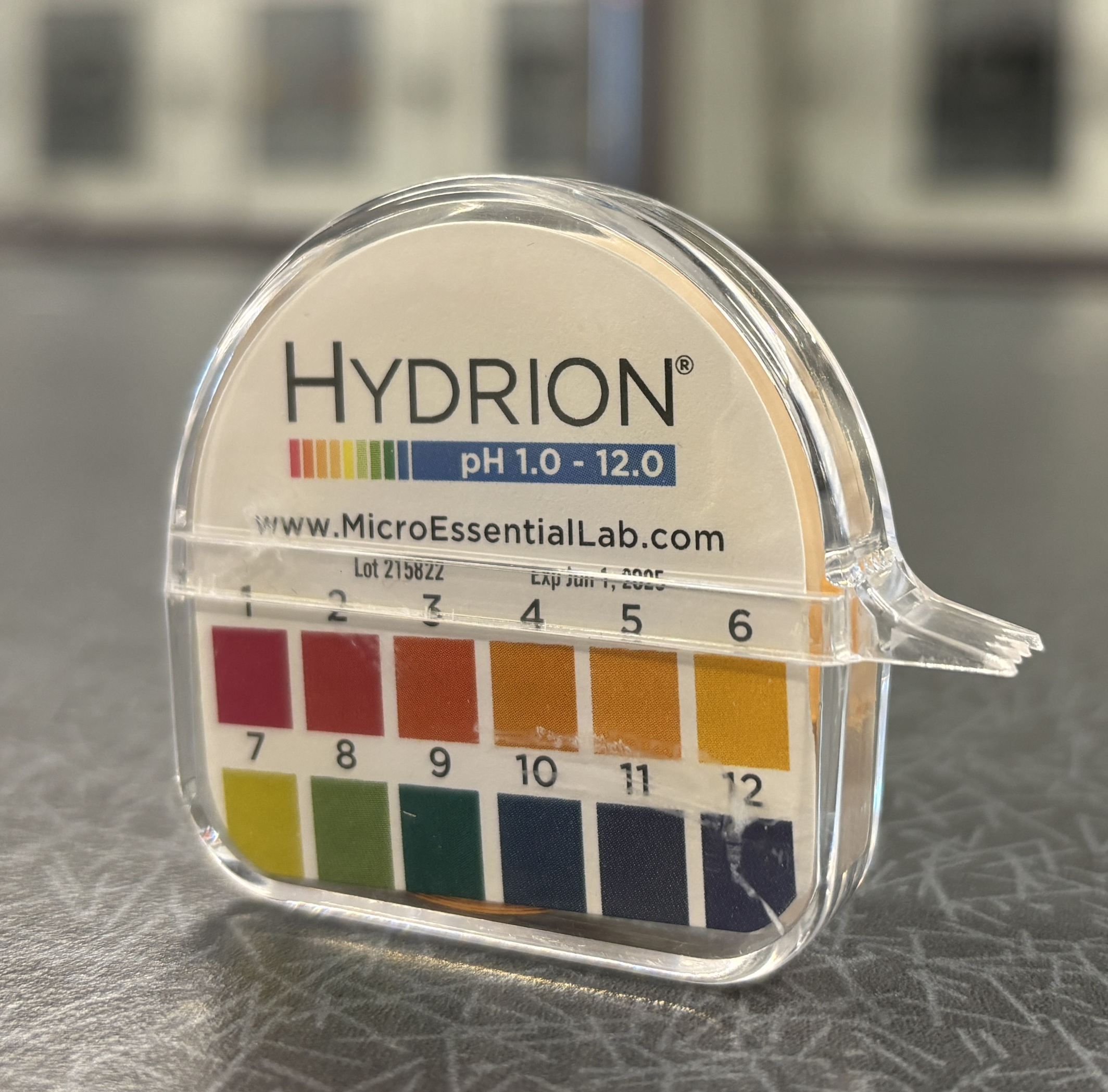Part 5: Organic Laboratory Techniques
21 Dealing with Unknown Compounds
It is important when dealing with unknown compounds to proceed in an organized manner. First and foremost, always follow the highest safety precautions. Wear appropriate personal protective equipment (PPE), such as lab coats, gloves, and safety goggles, to protect yourself from potential hazards. Work in a well-ventilated area to minimize exposure to fumes.
If you want specific information concerning the unknown compound, seek guidance from your lab instructor. If you are provided with a list of possible unknown candidates, look up the SDS information of all reagents to familiarize yourself with the properties of the unknown compound, such as its potential hazards and handling requirements. Dispose of the compound properly according to lab regulations.
Think through the process as far as you can with the information that you have available. When you know what tests you would like to do, you should first practice on known compounds so you will know how to perform them properly and what a positive result should look like. Only then should you begin to perform tests on the unknown compound. It is also important to conserve your material, i.e., you should use microscale quantities whenever possible..
Solubility Tests (Qualitative)
A quick qualitative test for solubility can give you a fair amount of information about a compound. For example, if your compound dissolves in water, it is probably a polar or ionic compound. In general, the solubility of ionic compounds decreases as the charge on the ions increases. Solubility in acid or base solution can also give some indication of the properties of the compound.
|
Suggested Liquids |
Inference If Soluble |
|---|---|
|
Water |
Polar or ionic compound |
|
If not soluble in water, try 1 M NaOH |
Probably an organic acid |
|
If not soluble in water, try 1 M HCl |
Probably an organic base |
|
Acetone |
Probably not an ionic compound |
Procedure:
- Take a small amount of the unknown (e.g., the size of a grain of rice) and place it in a test tube.
- Repeat with as many samples as there are solvents you want to test.
- Add solvent into the test tube in a dropwise manner and swirl the solution. Observe carefully to see if any of the compound dissolves.
- If your compound appears noticeably soluble in any of the liquids, you may also wish to do a quantitative solubility test.
General Solubility Tests (Quantitative)
A quantitative solubility test tells you exactly how much (in mass) of a solid will dissolve in a given volume of solvent.
Procedure:
- Decide how much volume you wish to use (e.g., 1 mL). Weigh out more solute than you think you’ll need and put it in an Erlenmeyer flask.
- Then, using a volumetric pipet, add a measured volume of liquid and heat the solution while stirring until no more solute seems to go into solution. (It is necessary to heat the solution because solids often take long periods of time to dissolve at room temperature.)
- Place a watch glass on top of the Erlenmeyer flask and let the solution cool until any precipitation is complete.
- Filter off the remaining solid, allow it to dry, and weigh it. You will then be able to calculate the mass of solute in solution, and thus be able to calculate the solubility of the compound in grams per liter.
Measuring Solution pH
pH Paper
To get a general idea of the acidity or basicity of a solution, you can use pH paper. In the labs, we have “universal indicator” paper, which changes color along a spectrum of red (most acidic) to blue (most basic). One then matches that color observed to the scale provided on the packaging to get a rough estimate of the pH of the tested solution.

Electronic pH probes may be available in lab. Please refer to the user manual and calibrate before use.
Other Tools
Spectroscopy tools represent another class of potent analytical instruments for identifying unknown compounds. Further details will be provided in the following chapter.
Note: The majority of this chapter has been adapted from the CEM 161/162 manual: Cooper, M. M. et. al. Cooperative Chemistry for Michigan State General Chemistry Laboratories, 2019.

